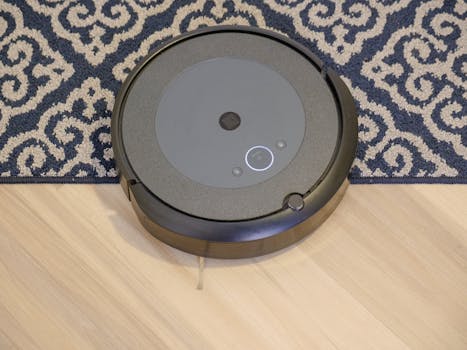
Smart Homes and Smart Living: The Technological Transformation of European Homes by 2025
Smart Homes and Smart Living are revolutionizing the way we live in our homes. With the increasing demand for convenient, energy-efficient, and secure living solutions, the European smart home market is expected to grow significantly by 2025. In this article, we will explore the current state of smart homes in Europe, the driving factors behind their adoption, and the latest trends and technologies shaping the industry.
Introduction to Smart Homes
Smart homes are residences that integrate advanced technologies, such as home automation, artificial intelligence, and the Internet of Things (IoT), to provide a comfortable, convenient, and sustainable living environment. These homes are equipped with smart devices, sensors, and systems that can be controlled remotely, allowing homeowners to monitor and manage their energy consumption, lighting, temperature, security, and entertainment systems.
Driving Factors Behind Smart Home Adoption
Several factors are driving the adoption of smart homes in Europe, including:
- Energy efficiency: Smart homes can help reduce energy consumption and lower utility bills.
- Convenience: Smart homes offer a high level of convenience, allowing homeowners to control their home systems remotely.
- Security: Smart homes can provide enhanced security features, such as motion detection and video surveillance.
- Comfort: Smart homes can improve the overall comfort of living, with features such as temperature control and lighting adjustment.
Latest Trends and Technologies
The smart home industry is continuously evolving, with new technologies and trends emerging regularly. Some of the latest developments include:
- Artificial intelligence (AI): AI-powered smart home systems can learn and adapt to a homeowner’s preferences and behavior.
- Voice control: Voice assistants, such as Amazon Alexa and Google Assistant, are becoming increasingly popular for controlling smart home devices.
- 5G connectivity: The rollout of 5G networks is expected to enable faster and more reliable smart home connectivity.
European Smart Home Market Outlook
The European smart home market is expected to grow significantly by 2025, driven by advances in technology and increasing demand for convenient and energy-efficient living solutions. According to a recent report, the European smart home market is expected to reach €23.4 billion by 2025, up from €10.3 billion in 2020.
Conclusion
In conclusion, smart homes and smart living are transforming the way we live in our homes. With the increasing demand for convenient, energy-efficient, and secure living solutions, the European smart home market is expected to grow significantly by 2025. As technology continues to evolve, we can expect to see even more innovative and integrated smart home solutions emerge, making our lives easier, more comfortable, and more sustainable.






